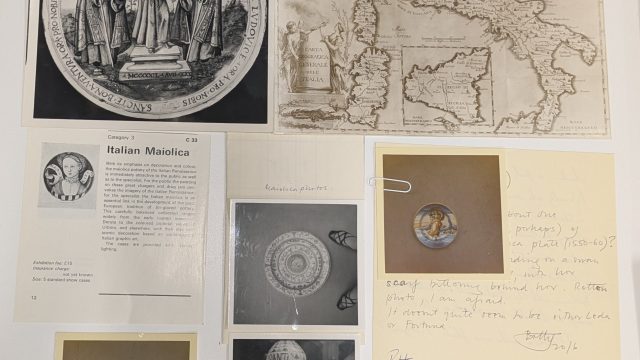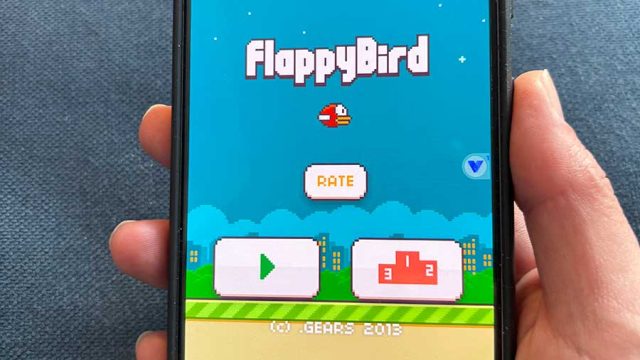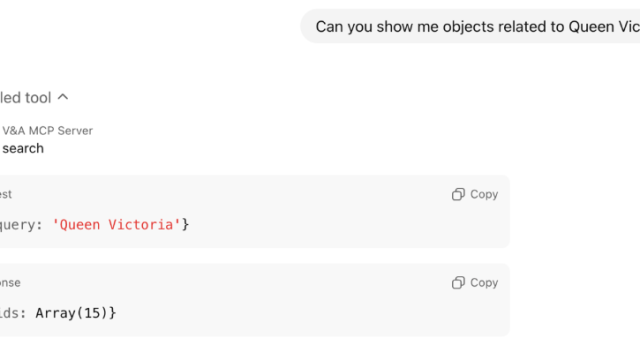Barely a day goes by without me mentioning the C word. Content, that is. The dirty word of digital. But according to Matt Locke, founder of Storythings, if you’re using the word content, you’ve failed already. Great.
His point is that when it comes to digital culture we shouldn’t think about content. Instead we should focus on stories. He’s right of course. And what better a place than to uncover stories than a museum. Museums are complex organisations, and they have to balance on that tightrope between academic rigour and public appeal. But within their walls are objects, objects that can be liberated through storytelling.

Literally liberated, even: take, for example, a dinosaur hurtling through the skies of Boston. It’s 1984 and a dinosaur is being delivered to the Boston Museum of Science. What an incredible image. One that leaves you itching to find out the story – or stories – of its journey. Fast forward thirty years and digital media have opened up many more ways to tell those stories.
Today, people would be hooked on the live stream of that dinosaur’s journey – possibly the same crowd that was obsessively watching eggs hatching last year. And the dinosaur would have its own Twitter feed, just like the Horniman Walrus (but would it have the alliterative talents of the walrus and his ability to reference everyone from Tyra Banks to Virginia Woolf with such eloquence?).
But in the giant room of ping pong balls that is the web, Matt asks, how will you your particular ping pong of a story get noticed? After all digital attention is spiky – we can’t control a broadcast moment so easily. It’s more likely we’ll experience an accidental coordination of people flocking to our stories at the same time. And as the ways of finding culture have opened up online, there’s been a move from distribution to circulation, of people sharing stories through their friends and feeds.
That’s something a museum, any museum, needs to get its head around. With an exhibition programme – particularly one as rich as ours – there is a temptation to be in broadcast mode, to push information out rather than uncover all the stories within the museum. That can only happen if we’re having conversations online, so we can better understand what our audiences want, to discover what they’re interested in. As we discussed with Matt on our recent Digital Media team away day (more of which on this blog soon), instead of creating hermetic stories, we need to let people in. We need to leave a thread for them to tug on, for them to be part of the stories we’re telling.
IMAGE: Arthur Pollock. Flying to the Museum of Science in Boston, 1984.




Dinosaurs cannot type therefore cannot tweet :)
Joking aside, do any of the artefacts in the V&A have a twitter account? Perhaps with IP6 on its way they could each have their own IP/web address?
Hi Kati,
I am currently studying for an Ma in Cultural Heritage Management at York University and am interested in the V&A’s approach to digital media and ways to engage people in meaningful conversations and collaborations.
I am really enjoying watching a variety of films on the V&A Channel and was wondering about the potential for conversations and interactions here between the Museum and online / in-situ visitors. In particular I thought about utilizing the crowdsourcing technique (already employed by the V&A in constructing a meaningful digital image archive) in such a way as to enable viewers to vote for the subject of the next film from a selection of options. It would also be interesting to have space for suggestions on the kind of narratives to be explored in the film and what approach to take (e.g. the making of the artefact, or what it can tell us about life at the time, etc). This could also be done in the museum in a simple voting method such as the one used by Waitrose supermarket to decide which local charity will receive their donation for that month – i.e. boxes under each potential artefact / personality / happening and counters with which to vote.
Once the film is make, tweets / emails etc could be sent to registered users to alert them.
This could potentially help the V&A to understand what visitors (online and in-situ) are interested in and enable some of their ideas in terms of the film’s approach and which narratives to explore, to be realised.
Not a trip to London goes by without a visit to the V&A – so thanks for helping to make it such an inspiring place to be.
Best regards
Izzy Bartley
Hi Izzy,
I’m glad you liked the films and thanks for the comments. Lots to think about there.